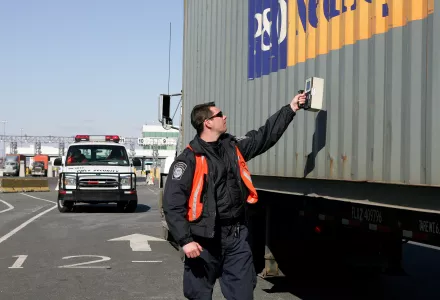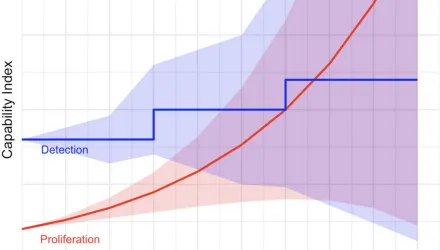
International concern over nuclear terrorism has grown during the past few decades. This has driven a broad spectrum of efforts to strengthen nuclear security globally, including the widespread adoption of radiation-detection technology for border monitoring. Detection systems are now deployed at strategic locations for the purported purpose of detecting and deterring the smuggling of nuclear and radioactive materials. However, despite considerable investment in this area, few studies have examined how these programs are implemented or the operational challenges they face on a day-to-day basis. This article seeks to address this with a focus on radiation-detection efforts at maritime facilities. Utilizing practitioner interviews and a survey, this article identifies the factors that influence the planning and use of these systems in this fast-moving environment. The results clearly demonstrate that the implementation of these systems varies significantly across different national and organizational contexts, resulting in a fragmented global nuclear-detection architecture, which arguably undermines efforts to detect trafficked nuclear-threat materials. Greater consideration should therefore be given to developing international standards and guidance, designing and adopting tools to support key parts of the alarm assessment process, and broader sharing of good practice.
Downes, Robert, Christopher Hobbs and Daniel Salisbury. “Combating Nuclear Smuggling? Exploring Drivers and Challenges to Detecting Nuclear and Radiological Materials at Maritime Facilities.” The Nonproliferation Review, Vol. 26, No. 1-2 (June 2019).
The full text of this publication is available via Nonproliferation Review.





